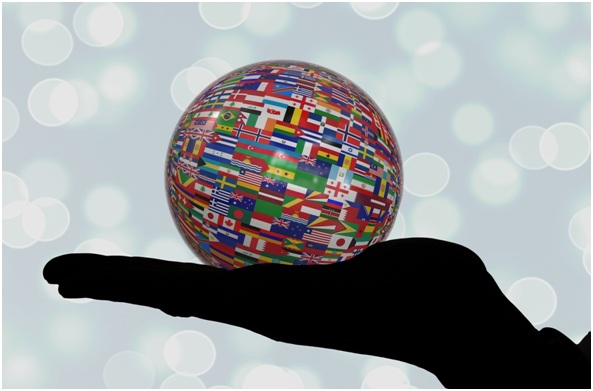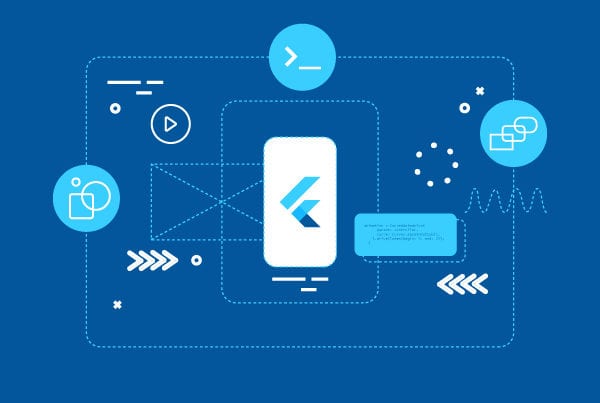Globalization, Internationalization, Localization and Translation
In a previous article, we discussed the importance of internationalization for mobile apps. We reflected on how internationalization is relevant regardless of how many languages or locales your app is intended for and on how taking internationalization into account from day one can make a huge difference and save you time and money down the road. In this article, we’d like to focus on some key concepts for GILT, the acronym for Globalization, Internationalization, Localization and Translation, to go into more depth on this topic.
What is GILT?
Globalization, Internationalization, Localization and Translation are four key concepts that will help your product reach global audiences. But, what do each of these concepts mean, exactly? This can often be a source of confusion, so let’s look at each of them individually.
What is globalization?
In this particular context, globalization is used as a blanket term for internationalization and localization. Globalizing an app or piece of software means you have a global audience in mind before you start the development stage of your product. A globalized app is one that has been adapted to different markets or locales (which are countries or regions that share the same language and cultural conventions). Creating an app this way has many benefits, including reaching bigger markets, providing an inclusive product and developing better code that is extendible and easier to manage.
What is internationalization?
Internationalization is all about designing software so it can be easily adapted to various languages and locales later on with virtually no engineering changes. Its main purpose is to make the later stages of localization and translation easier. If done well, it only needs to be done once before you can add other languages without any major complications.
If you decide to tackle an extra language with your app, there are many aspects to take into consideration, such as length, non-Latin characters, or the fact that some languages are written from right to left instead of left to right.
However, contrary to what many may believe, internationalization does not necessarily involve more than one language. Single-language apps may also need to be internationalized. For example, when it comes to English, different countries have different date formats (month/day/year in the US versus day/month/year in the UK) and currencies, start the week on different dates (Sunday in the US and Monday in the UK) and may have a 12 or 24-hour format for their clock.
What is localization?
Localization is the adaptation of the content of your product to specific locales. Simply put, internationalization is what goes under the surface, while localization is what users actually see.
A lot of people confuse this term with translation, but localization goes beyond the merely linguistic. Localization takes into consideration the whole of the culture of the country or locale you are trying to reach to provide a product that will appeal to them. It can include your color scheme, logo, layout, images and just about everything that makes up the content and appearance of an app. For example, you might want to consider that the color green evokes joy in Iran but disgrace in China, where red is preferred.
What is translating?
In contrast with localization, translation is restricted to the linguistic aspect of this process. It consists of converting text from one language to another. As we’ve mentioned, many people use the terms “translation” and “localization” interchangeably, but it is important to emphasize that translation is only one of the aspects of localization. However, this does not mean we can isolate translation from localization as both activities are inextricably linked if we aim at successfully globalizing a product.
Why GILT?
As we’ve mentioned, GILT has many benefits for your app such as saving you time and money in the long run and creating an inclusive product. If all of that still hasn’t convinced you that GILT is worth the effort, here are some other reasons that might:
- It gives you access to a larger market and, therefore, increases your revenue.
- It gives you a competitive advantage.
- It will increase your app’s visibility.
- It will open the doors to a larger talent pool for your business.
- It helps improve your company’s reputation.
Globalization and Internationalization Final thoughts
In today’s global market, thinking about the future of your app is key. Even if you are positive you will stay within a specific locale, you might be missing the bigger picture as your target demographic may include multicultural and multilingual people. We hope these concepts have shed some light on your mobile app project, as thinking about globalization from early on may save you a major headache later down the road.







